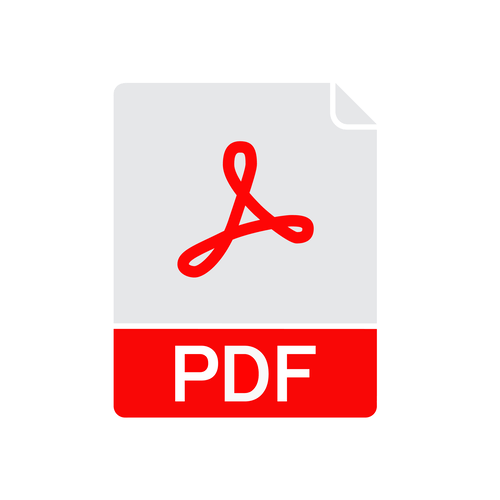The Chart of Accounts and General Ledger

This guide will equip you with the essentials of church accounting, helping you manage your ministry’s finances with transparency and responsibility. A budget is what we like to call a future projection report. chart of accounts for churches You create a budget, typically before you actually spend the money. Unlike balance sheet reports and P&L’s that show what has already been done — i.e. historical numbers, budgets are trying to predict the future based on past accounting cycles.
Quick Links to: Books, Digital Files, Money-Saving Bundles, and Classes
The income and expense account types start-over at the beginning of the accounting year. They How to Invoice as a Freelancer only track how much money came in and how much money went out. We also defined equity as fund balances, different than for-profit accounting and owner’s equity. Understanding this concept is very important because it drives the whole underlying structure of a nonprofit.
Quickbooks For Churches Conclusion
The platform is flexible enough to process most types of transactions, including cash receipts, online contributions, and vendor payments. This automated Excel spreadsheet is the best free church accounting template you’ll find online. This spreadsheet has all of the basic accounting functionality that expensive accounting software offers. Fund accounting is useful for organizations that need to track reserves in multiple buckets without having several cash accounts to keep it all straight.

About Icon Systems
- You can always add, remove, or reorganize accounts as your needs change.
- In this third part of our introduction, we’ll go over the reason equity accounts are equivalent to the funds in a nonprofit accounting system.
- You should also consider KPIs like return on investment and rate of return.
- Churches don’t typically use cost of sales, so we will skip that section.
- You may need to customize them to ensure they meet your church’s accounting needs.
- That bill should be paid by the General Fund which takes care of the church’s operations.
Using tagging, a report is created first by looking at all the transactions that are tagged with the desired fund category and pulling those transactions out. Then the report organizes the accounts in the order needed for the profit and loss report, which is revenues first then expenses. For the balance report, it would be assets, then liabilities. When adding accounts there is one account that should never have sub-accounts. Some churches try to break the checking account (or saving account) into sub-accounts to keep money separate.

They are debited when they decrease, such as when a loan is repaid or an account payable is settled. I’ve read your question and I’m in the same situation you are. I’m trying to decide if we want to go with this software program. Reach out to me again if you have additional concerns about adding accounts to the register and other product-related questions. I also recommend consulting with your accountant for further guidance. They can advise you on how to handle your accounting concerns, including the category to utilize for your debit and credit.

Church Chart of Accounts – QuickBooks
- I’m trying to decide if we want to go with this software program.
- Because this is one area where Quickbooks’ structure ignores accounting principles for churches.
- You may also go through reports during financial meetings to explain what each figure represents.
- They need someone to keep track of expenses, and how much money comes in through fundraising and other channels.
- You’ve likely created a budget for your household before, in which you predicted your income for the year and allocated it to ensure you could cover all of your expenses.
- It is the foundation that all other accounting tasks will build upon, and will be required to demonstrate financial stewardship to your congregation.
Church operating budgets work very similarly, except that they detail an entire organization’s predicted revenue and expenses. The bookkeeper completes an accounting entry when a bill is received. This entry hits the appropriate expense account and the accounts payable account. The expense is realized with the appropriate date and moved to accounts payable. However, the money doesn’t leave the checkbook at this time. The entry is made in the accounts payable module using a credit to liabilities.
The second one is the one that came across my desk which we aptly helped reorganize. If the chart of accounts grows extremely large it becomes unmanageable. Let’s review a quick- but true example, that came across my desk a few years ago.
- The Fund Balance account within each fund is typically used to represent the total value remaining.
- The software can break out on a report just the transactions (the accounts) that affect the Youth Fund.
- Our nonprofit professionals can help you structure your financial systems to wholly support your mission work and enhance the effectiveness of your organization.
- Using numbers allows the church to organize the chart of accounts.
You’ll need a bookkeeper, accountant, and accounting software to ensure you meet IRS requirements and build trust with your parishioners. Many organizations start http://www.atcogen.org.tn/2025/03/10/smart-tools-better-business-3/ out tracking their transactions in a spreadsheet for simplicity. However, as your church grows and its financial situation becomes more complex, you’ll eventually need to switch to dedicated accounting software. The chart of accounts provides a standardized framework for categorizing and classifying financial transactions.
